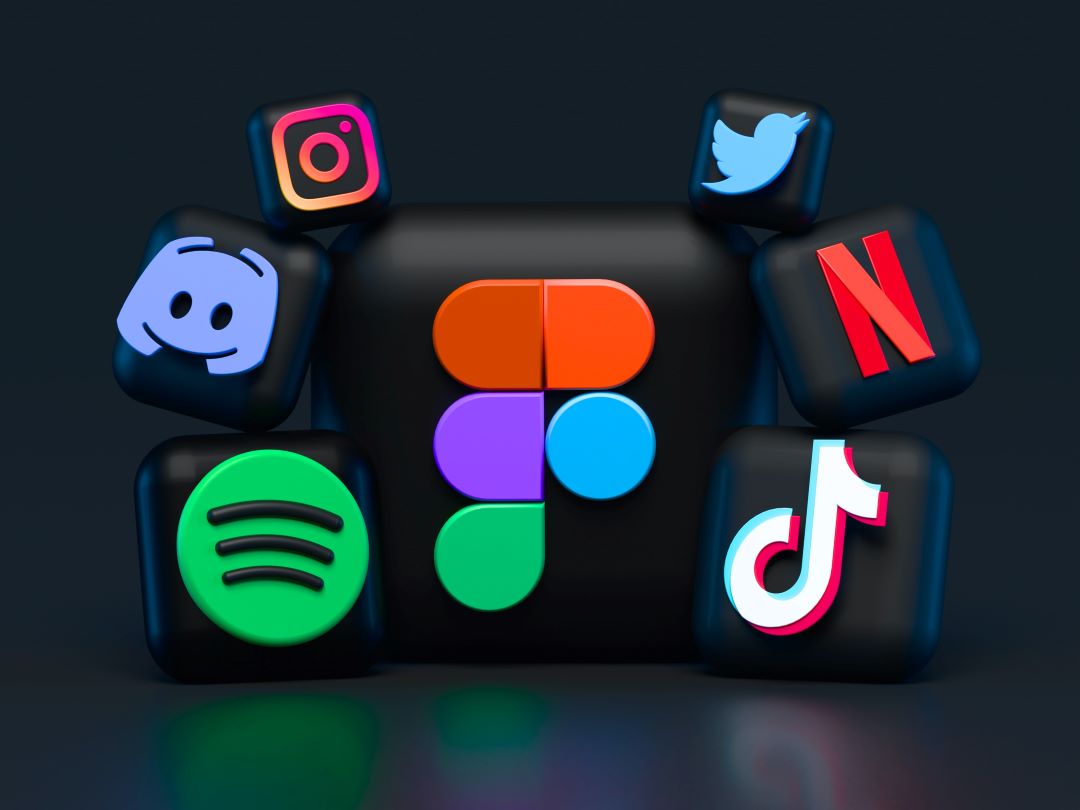The fast-evolving world of digital marketing pushes brands to find new ways to get through to their audiences. And, of course, one of the most efficient touchpoints for brands is influencer marketing, which for a few years now has been one of the changing faces in the advertising landscape. The question every marketer will be asking in 2024 is: Micro-influencers vs. Macro influencers-which is better for your brand?
The following article breaks down the pros and cons of working with both kinds of influencers and how you can tailor your Digital Marketing Solutions for maximum impact.

A micro-influencer generally has fewer followers than other types of influencers. They can range anywhere from 10,000 to 100,000 followers. They also seem to fall into a category, meaning that they focus on specific industries or interests. This provides them with the capability to connect more positively with their audience.
- High Engagement Rates: Micro-influencers generally have higher levels of engagement with their followers because audiences of micro-influencers are more interested in the content they post. They may have personal relations with their followers, which leads to more loyalty and interaction within their audience.
- Budget-Friendly: Working with micro-influencers is often cheaper, thus making it more attractive to small and mid-sized businesses. You can hire several micro-influencers for the price of one macro-influencer.
- Niche Expertise: Micro-influencers are generally knowledgeable in their selected field. Whether it be fitness, beauty, tech, or lifestyle, that deep understanding brings valued, legitimate recommendations from them to your brand.
- Lower Reach: Even with a high engagement, the overall reach of micro-influencers is lesser than that of the macro-influencers. Therefore, mass brand awareness in a relatively less time period is quite challenging.
- Time-Consuming: Working with numerous micro-influencers might become exhausting, as you would need to collaborate with hundreds or thousands of them for equal value of one macro-influencer.

Macro-influencers have upwards of 100,000 to millions of followers. They normally are celebrities, public figures, or those who have used social media platforms to amass mass recognition.
- Wider Reach: Macro-influencers open the door to present your brand to a much wider audience, nationally, and sometimes even globally. If you want fast brand awareness, then macro-influencers will provide that.
- Instant Credibility: If you collaborate with a highly reputed macro-influencer, your brand name will gain lots of credibility and prestige in the process. Their recommendation will result in higher media coverage and create trust among the huge number of followers.
- Easy Campaign Management: One or two macro-influencers are simpler to work with than running a campaign with several micro-influencers. This simplifies your campaign logistics.
- Lower Engagement Rates: With the rise in follower numbers, the engagement rates among followers for macro-influencers go down. A lot of followers on a macro-influencers list remain passive, which further suggests that they may not necessarily lead to views and interactions or be converting customers after recommendations.
- Expensive: The collaboration with macro-influencers can get expensive. Greater their span of influence, more expensive is the collaborative effort-which no small-scale brand or venture with a restricted budget would find affordable.
- Less Niche Targeting: While macro-influencers can reach a big audience, that audience might be generalized. It may not have niche specificity for targeting the exact consumers in the case of your brand.
Whether micro-influencers or macro-influencers should be chosen basically comes down to your brand’s goals, budget, and target audience.
Micro-influencers can give the best deal in case one aims for deep engagement and wants to target a niche market. In the context of providing some sort of niche product or service, they come in very handy, as the close-knit community may respond very well to their recommendations.
If your goal is mass awareness and widespread reach, then macro-influencers may be the right avenue. They are more fitting for brands that have larger budgets and seek to raise visibility with a wider audience appeal.
By 2024, most brands will be taking hybrid approaches in working with both micro- and macro-influencers for optimum campaigns. You can create a balanced and fruitful influencer marketing strategy by partnering with micro-influencers for niche markets and macro-influencers for broader exposure.
Whichever form of influencer you opt for, it is crucial to incorporate all these influencers into your wider Digital Marketing Solutions. Influencers help you reach optimum levels with your social media campaigns, build up higher levels of engagement, and earn consumer confidence. If your influencer marketing strategy is in line with your overall digital marketing objectives-be it awareness, lead generation, or conversion optimization-your results are going to be better.
Understanding the strengths and challenges of both micro- and macro-influencers lets your brand make informed decisions to propel your brand forward in 2024. Whether it’s dominating a niche market or reaching mass recognition, selecting the right influencers may be all it takes for your brand to achieve success with digital marketing.






